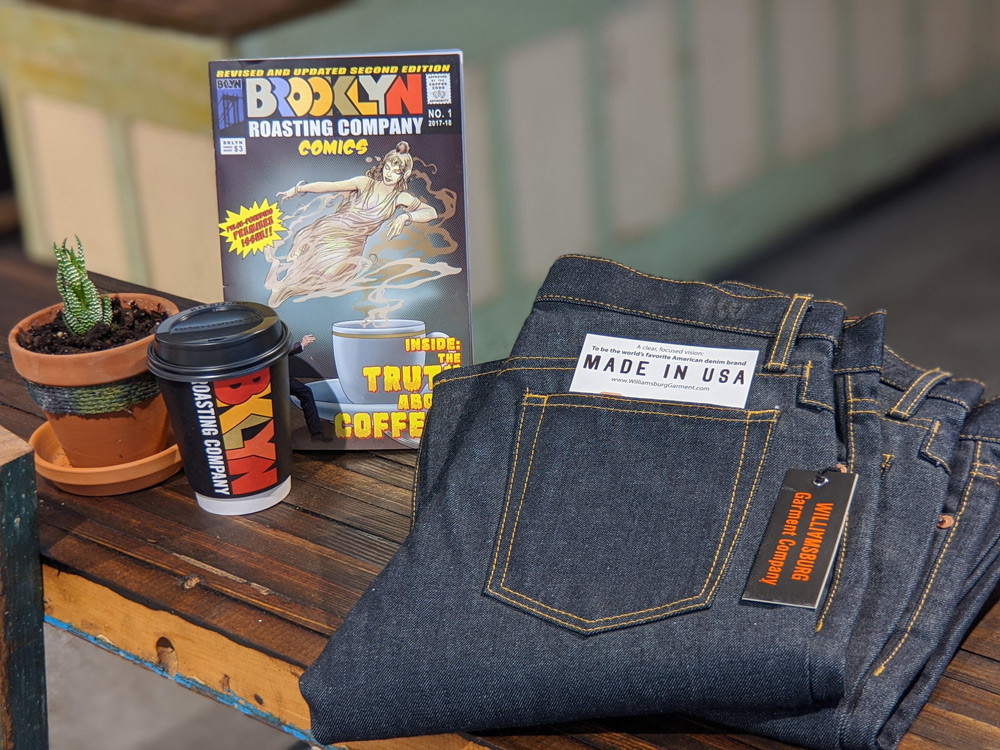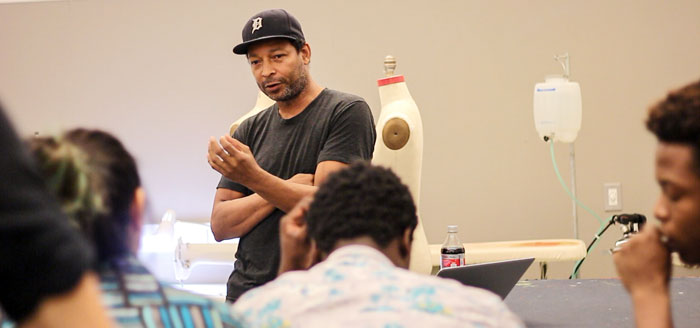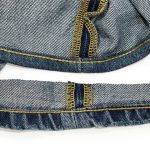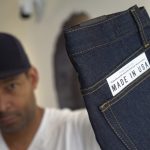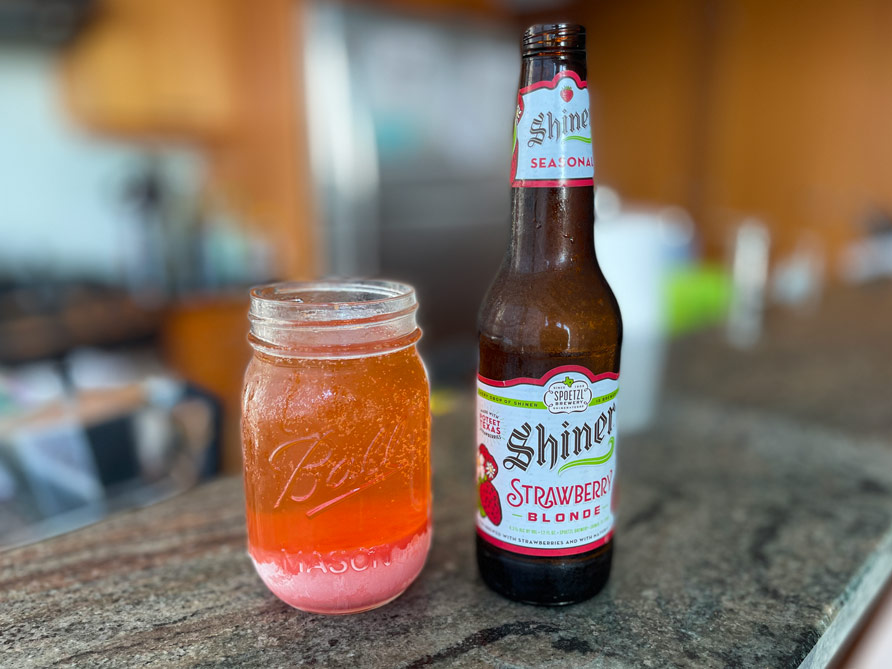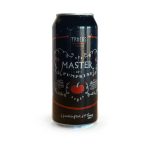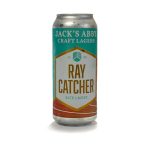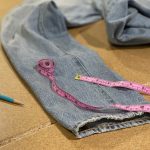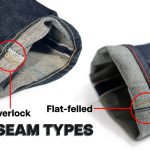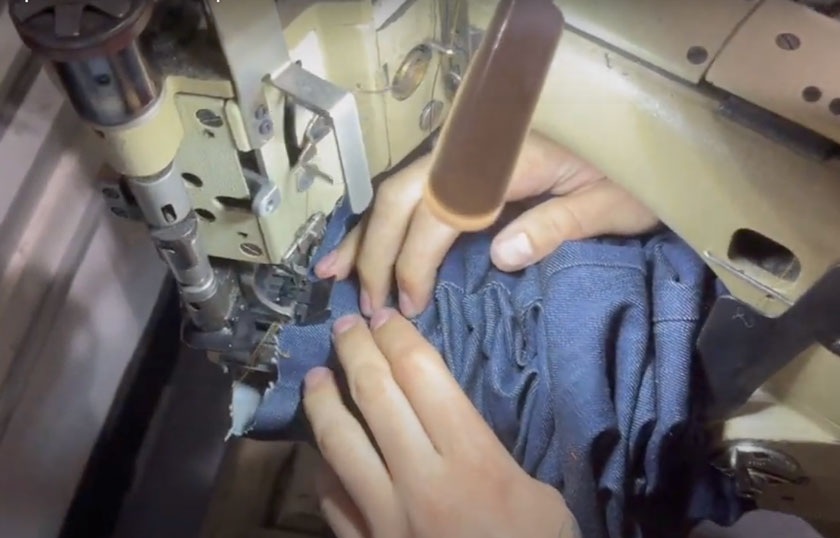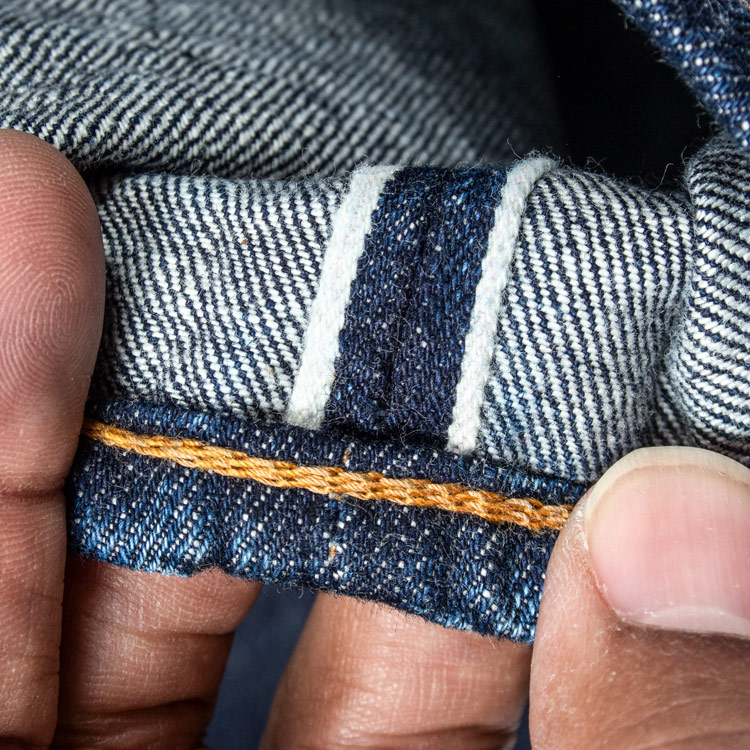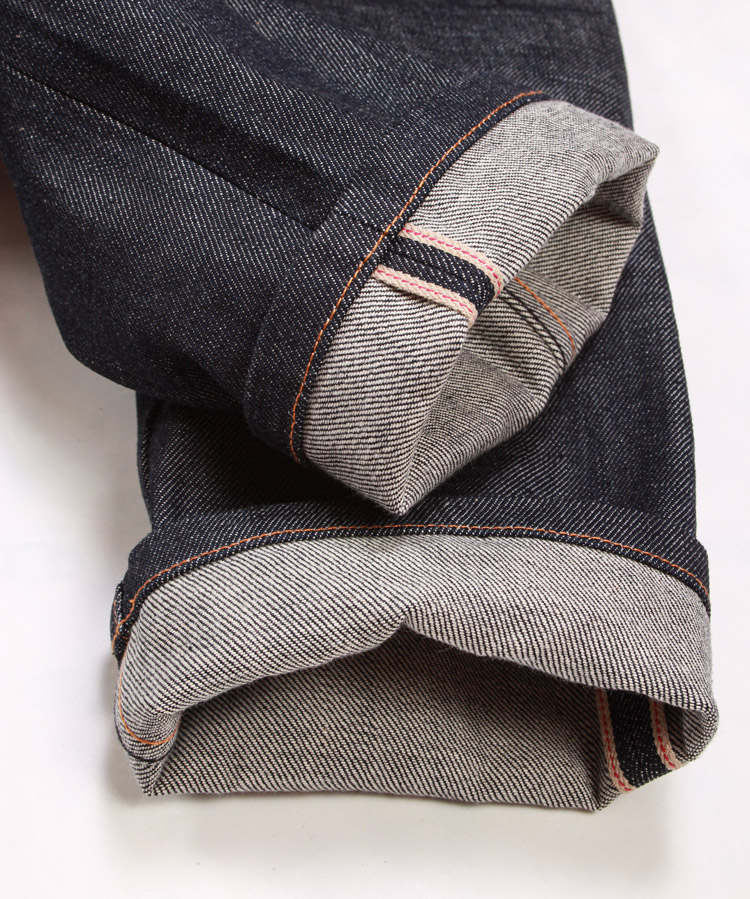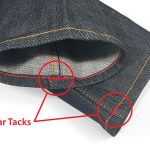
Back in 2020 when we were located inside Brooklyn Denim Co. I co-wrote my first post about denim and coffee with our intern at the time Sheri Sharif. Back then, Brooklyn Roasting Co. set up a small cafe at the front of the store. We had the idea that few things beat a great cup of freshly roasted coffee and a pair of American handcrafted jeans and put together a post highlighting their comic which taught you all you needed to know about coffee from its origins to latte art.
Little did I know, I’d be starting a blog starting coffee within the next 2-years. I had this idea of offering a free cup of coffee with a purchase of WGC jeans or alterations services. This is still something I dream of doing sometime in the future when we can afford a nice set-up.
As for now, some things remain the same. Such as one of my favorite coffee brands, Brooklyn Roasting Company. They are the roasters of one of my top favorite beans the “Oaxacan” roast. It’s always stocked in my kitchen and consumed several times per week in a rich cup of oak milk cappuccino.
